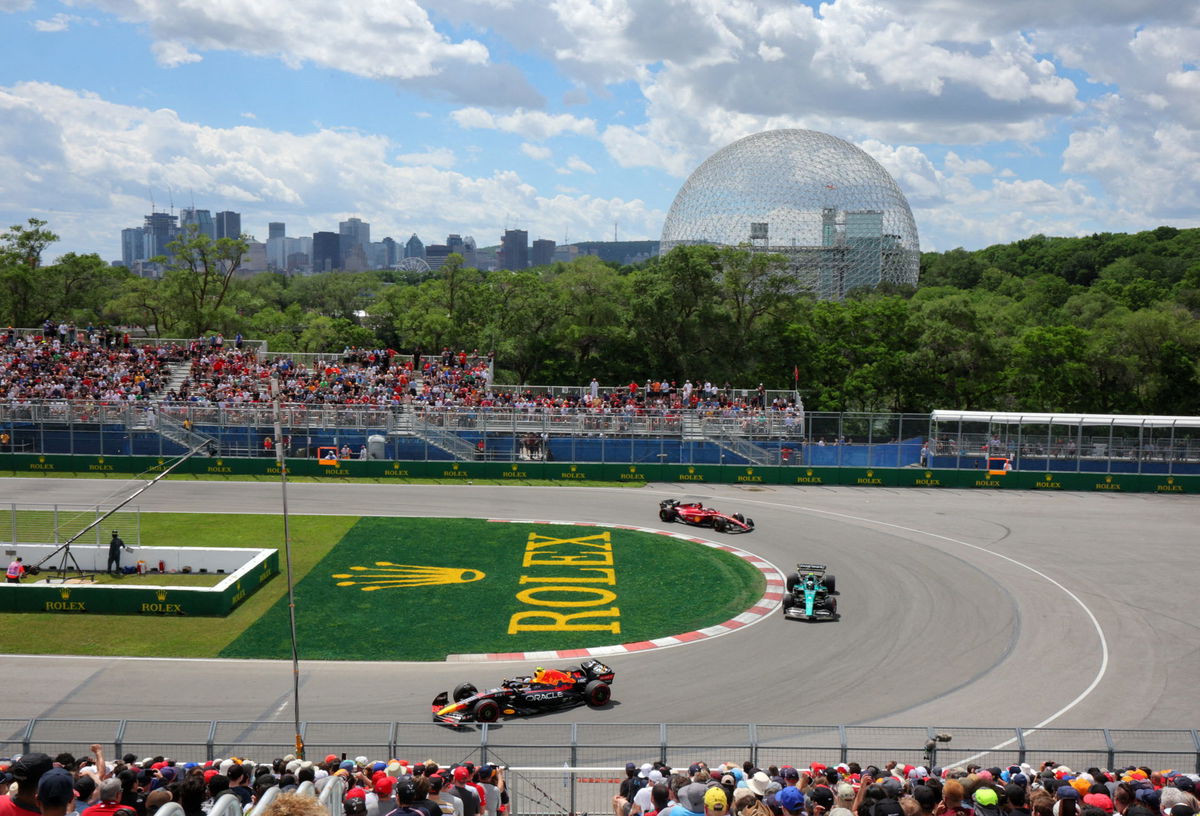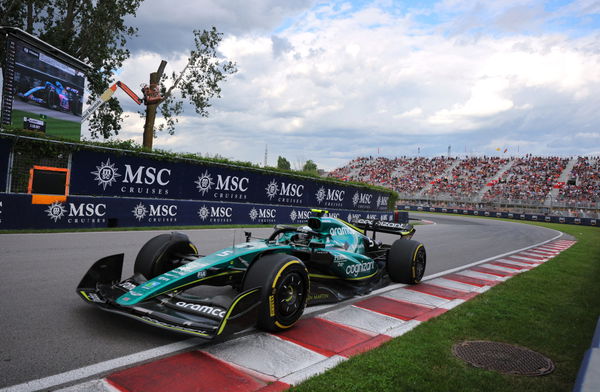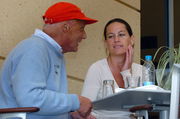
Reuters
Formula One F1 – Canadian Grand Prix – Circuit Gilles Villeneuve, Montreal, Canada – June 17, 2022 Red Bull’s Sergio Perez, Aston Martin’s Sebastian Vettel and Ferrari’s Charles Leclerc in action during practice REUTERS/Christinne Muschi TPX IMAGES OF THE DAY

Reuters
Formula One F1 – Canadian Grand Prix – Circuit Gilles Villeneuve, Montreal, Canada – June 17, 2022 Red Bull’s Sergio Perez, Aston Martin’s Sebastian Vettel and Ferrari’s Charles Leclerc in action during practice REUTERS/Christinne Muschi TPX IMAGES OF THE DAY
If we have an overall look at the F1 calendar, most of the permanent circuits are built away from the heart of the countries or the cities. Take Silverstone or Spa, for example, some of the oldest and most well-known tracks on the F1 calendar, but are far away from the buzz of the city. Ever since the Liberty Media takeover, F1 has been trying to enhance the entertainment and show side of F1.
Watch What’s Trending Now!
What better way to do it than to put a race in the center of the city on the streets? Las Vegas GP and the Miami GP are perfect examples of the same. Convert the street into a racetrack for the cars to go around some of the most iconic structures of the city. However, long before these planned races were put on the calendar, tracks like the ones in Monaco and Montreal existed. While Monaco is run on the streets, many people question whether Circuit Gilles Villeneuve is an actual street circuit.

Reuters
Formula One F1 – Canadian Grand Prix – Circuit Gilles Villeneuve, Montreal, Canada – June 17, 2022 Aston Martin’s Sebastian Vettel in action during practice REUTERS/Christinne Muschi
Well, it is indeed a street circuit, even though it might not look like a conventional one. Let’s break it down and see what the reasons are behind the Canadian GP being known as a street race.
ADVERTISEMENT
What makes Circuit Gilles Villeneuve a Street Circuit?
Long before the craziness of adding one after another street circuit to the calendar, Circuit Gilles Villeneuve existed on the F1 calendar. However, it wasn’t always the name adorned by the track. It was built and finished in 1978 and was known as the Ile Notre-Dame circuit and within this name lies the reason why it is a street circuit. The circuit is built on an island in Montreal named? Yes, you got that right, the Ile Notre-Dame. The circuit was named after the Island and was later renamed after Canadian F1 driver Gilles Villeneuve lost his life while racing in 1982.
ADVERTISEMENT
Ile Notre Dame is a man-made island which is just outside of the city. It was built in just a year to celebrate Expo 67, which celebrated a century of Canada’s confederation. The soil, dirt, and rock excavated to make the Metro system with the city was used to make the island. Later the island became a hub for various events including music festivals. It was later decided to convert the public roads on the island used by the locals into a circuit.
The Gilles Villeneuve Circuit for the majority are these streets but there are specific sections purposely built to complete the track in combination with the streets, just like Las Vegas. A major reason why people question if it is a street circuit is because of all the vegetation around the track. Also, since the island was made to hold events, it looks like a proper setup for the Grand Prix or what we call a permanent track.
ADVERTISEMENT
When the race isn’t being held, people can visit the island and use the streets as public roads to walk or drive around in leisure. The Circuit Gilles Villeneuve coexists alongside Circuit de Ille on the island, which is a recreational venue for the public. The island is in the middle of the Saint Lawrence River. Now let’s have a look at the layout of the circuit.
Top Stories
Adrian Newey’s Motorsport Masterpiece: RB17 vs Aston Martin Valkyrie, Which One Is Better?

Who Is Oscar Piastri’s Father, Chris Piastri? Co-Founder of Multibillion Dollar Automotive Company

3 Years After His Death, Niki Lauda’s Wife Brutally Disrespects Him to Initiate $32,000,000 Battle Against Own Children

Carlos Sainz & Ex Girlfriend Isa Hernaez Issue Contrasting Statements to Stir the Pot After Unexpected Breakup

Who Is Canadian F1 Billionaire Lawrence Stroll’s Daughter & Heiress Chloe Stroll?

Circuit Gilles Villeneuve Layout and Characteristics: A Street Circuit that promotes Overtaking
The early street circuits that were added to the F1 calendar were built around the city. A city road isn’t usually as wide as a track and hence with the wider F1 cars, it is impossible to overtake. For example, take the Monaco GP and the Singapore GP. The recent street additions like Jeddah, Miami, Baku, and Las Vegas consider the cars and usually consist of a huge long straight where overtaking with DRS is easily possible. However, other than that, there’s no real overtaking opportunity.
ADVERTISEMENT

Reuters
Formula One F1 – Canadian Grand Prix – Circuit Gilles Villeneuve, Montreal, Canada – June 18, 2022 Red Bull’s Max Verstappen car is pushed back into the garage during qualifying Pool via REUTERS/Jim Watson
The Circuit Gilles Villeneuve built in 1978 didn’t have wider cars to think about. But nonetheless, over the years changes were made to the two long straights which were curved and had obtuse high-speed corners in earlier layouts. With the two back-to-back long straights and heavy braking zones into the final chicane and Turn 1, multiple overtaking opportunities are possible.
Even the hairpin before the two straights provides an excellent opportunity to overtake as it is a heavy braking zone. The sequel for the first corner involves heavy braking, and finesse into Turn 2 which is a long sweeping corner, where multiple racing lines can be taken. A dive bomb into Turn 1 can turn into interesting close racing for the next couple of corners for the same reason.
ADVERTISEMENT
The track is full of chicanes which test the low-speed drivability and traction of the cars. Sitting back and saving tires for a late charge actually works around the track, as Fernando Alonso showcased last year when he overtook Lewis Hamilton. A lot of these characteristics are also a reason why people confuse Circuit Gilles Villeneuve as a permanent track.
The Circuit Gilles Villeneuve always provides a great opportunity for close battle and the high likelihood of safety car makes the race even more interesting.
ADVERTISEMENT
ADVERTISEMENT
ADVERTISEMENT

